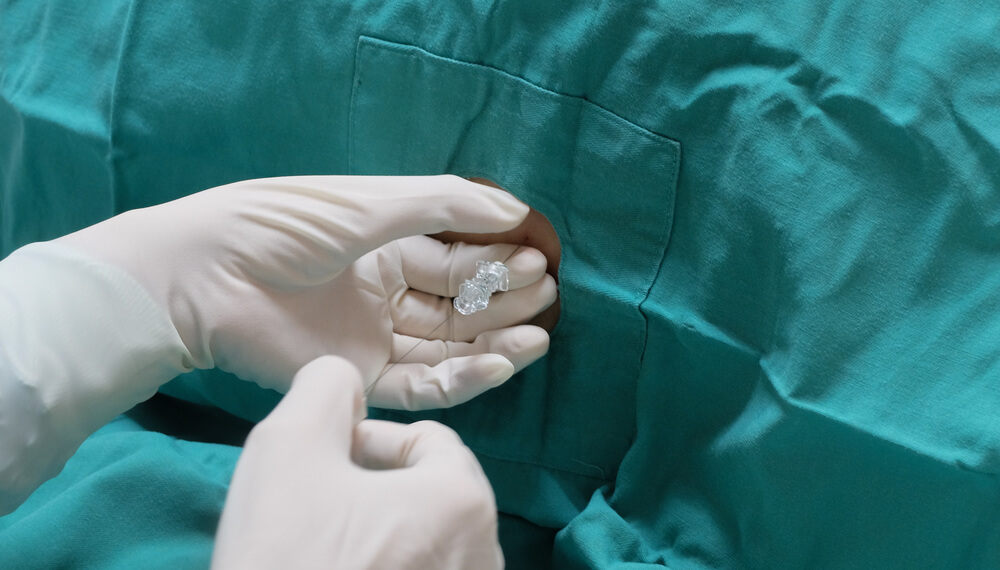Lumbar puncture is a procedure of the lower back. Cerebrospinal fluid from the spine is removed from your two lumbar bones or vertebrae. This fluid protects your brain and spinal cord from injury.
This procedure helps diagnose severe infections and diseases found in the central nervous system, namely:
- Meningitis
- Cancer
- Multiple Sclerosis
- Bacterial, fungal, and viral infections
- Encephalitis
- Syphilis
- Bleeding in the brain
What is its Purpose?
Lumbar Puncture needs to be done when:
- When the cerebrospinal fluid is needed to collect for tests to be analyzed
- To measure a patient’s cerebrospinal fluid
- When injecting spinal medications and anesthetics
- When injecting radioactive substances to the cerebrospinal fluids


